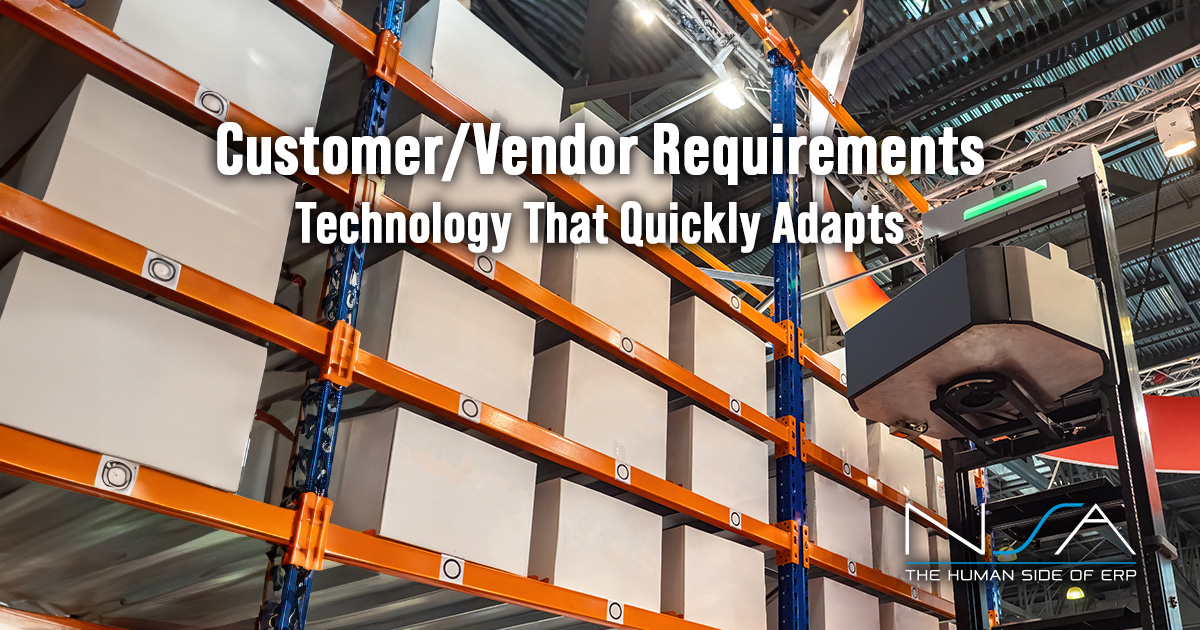Ask anyone who’s been around the ERP implementation block a few times and they’ll tell you that data cleansing is one of the most important steps in implementing an ERP. Considering master data is leveraged at every point throughout implementation, data cleansing, also referred to as data scrubbing, tends to be one of the most underestimated tasks in terms of scope and complexity. From testing execution, to training, to synchronization of business data at go-live, they all rely heavily on the accuracy of master data, further solidifying its importance in ERP implementation or migration.
Preparing for the Cleanse
Of course, we all know the old saying “Garbage in equals garbage out,” and when it comes to ERP implementation and data migration, the same certainly applies. Through the eyes of the process owner, most will tell you that their files are “pretty clean,” which is usually synonymous with them not actually having the time or resources to check them. But regardless of whether this “dirty data” comes from human errors, missing information, or data models between the source and target systems (decimal places, length, etc.) all systems need to be scrubbed, making the time of conversion the ideal time to do so. And rarely do people comprehend the extensive amounts of master data, as it is usually spread throughout multiple legacy systems, making the process that much more cumbersome. The Catch-22 rears its ugly head when you consider that accurate information is needed to test, while the point of data scrubbing is to test for just that…inaccuracies, so they may be remedied. Below is a brief outline of three stages for a successful data cleansing to take note of.
The 3 stages for successful data cleansing:
1. Defining
By defining the rules that will be executed and which will be performed manually vs. automated, your implementation team can prepare for and allocate the appropriate resources to designing and developing the most efficient course for your data cleanse.
2. Verifying
This is the stage where data is verified to be available, accessible, complete and in the correct format. Data verification also continues throughout the process to ensure the information is optimized prior to each stage of the migration.
3. Analyzing
Considering data cleansing adds or alters values, utilizing data impact analysis safeguards that the changes do not affect other elements within the source and target systems, making this a crucial part of data cleansing.
But what happens after implementation?
Once an implementation has successfully gone live, it is important to remember that this is not the time to revert to old habits and lax standards when it comes to your data. In fact, unlike many other areas of an ERP implementation, the time spent and processes created for data scrubbing will be just as valuable years afterward as they are from the very beginning… so long as the data standards used during that scrubbing are continually upheld. Complete and accurate data will always be essential for success, but so often are we running into the businesses that have implemented their ERP only to become complacent with new data or, even worse, skipping over the data cleansing process – leaving them working in a system laden with costly inefficiencies. Fortunately for those businesses we work with to implement and optimize their ERP, our support does not end at “go live” but rather continues as a trusted advisor to them for years ahead, ensuring their success.
The Road Ahead
Data Cleansing can definitely be a daunting task, but if you prepare for it wisely and partner with experts who will go above and beyond implementation, it need not be impossible. Ready to optimize your business’s ERP? NSA loves establishing new relationships with great businesses. Contact us today and connect with our experts who will walk you through each step and ensure your ERP implementation success.



